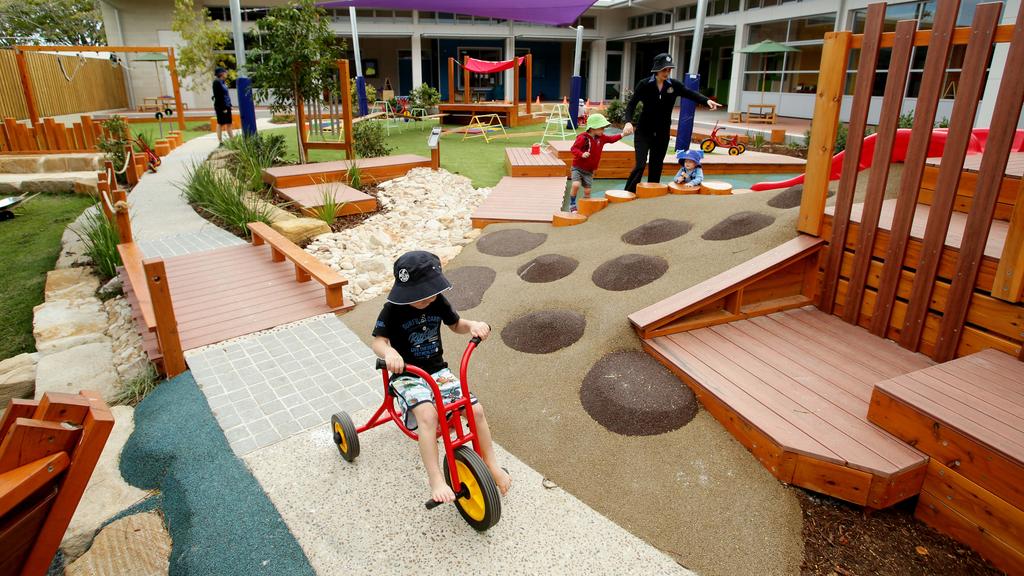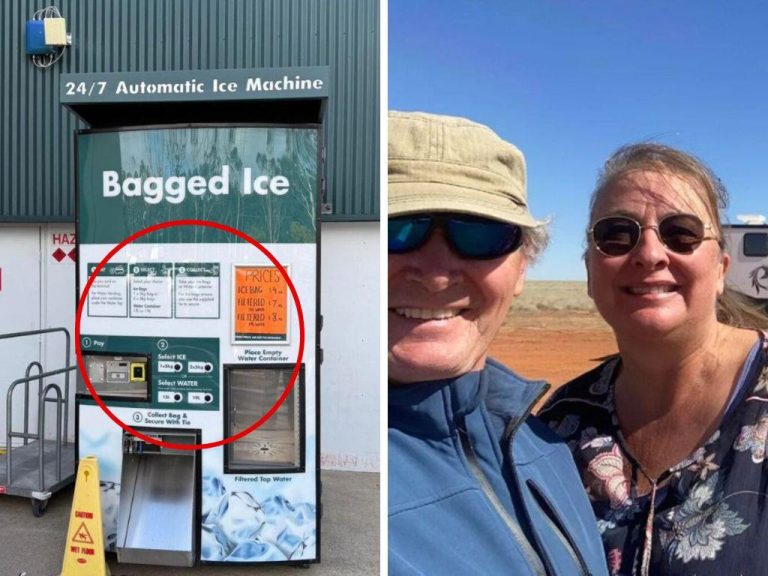Childcare assets in demand as investors look to “set and forget”

Investors are looking to childcare assets. Picture: Mark Calleja
Investors looking for a “set and forget” income are turning to childcare centres, causing turnover to spike.
Childcare assets sold well through 2019 and 2020 but a spike in demand from new and experienced investors over the past 18 months caused turnover to double last year in NSW, new data from national agency Ray White has shown.
Total sales grew by 99.96 per cent through 2021 to $279.77m, with similar increases recorded in both metropolitan and regional locations. The average price achieved for a property in regional NSW sat at $2.3m, while metropolitan assets achieved $5.2m on average.
The trend has been underpinned by the same fundamentals that caused the pandemic housing boom, with Ray White Commercial’s head of research Vanessa Rader noting many have moved to take advantage of low interest rates and increased equity in their own home to make a foray into commercial property.
“Given child care is highly subsidised by the government, this has historically kept vacancies low, generating high levels of new supply over the years in both metropolitan and regional locations,” Ms Rader said.
Anthony Albanese has committed to lifting the childcare subsidy rates for every family with one child in care earning less than $530,000 in household income.
The trend towards the asset type is not only constrained to Australia’s largest state, said CBRE director Sandro Peluso.
He thinks experienced investors recognise that steady population growth, increased female employment levels and ongoing Australian lifestyle trends are underpinning the importance of child care.
“In the first quarter of 2022 alone we have leased over 10 centres, with a further seven leasing campaigns still to hit the market,” Mr Peluso said.
“It is clear that there is strong appetite for well-selected and designed centres and this demand is reaching record levels.”
However, the tide has changed through the first few months of 2022. Little over $25m changed hands, with Ms Rader observing greater caution among buyers given the threat of multiple interest rate rises this year.
“For more secondary assets this has resulted in vendors having to reassess their pricing expectations as the pool of buyers exercise more restraint, however prime quality assets in highly populated areas will continue to garner good results,” she said.
CBRE suggests recent supply chain issues have caused investors, funds and REIT’s to strongly focus their strategies on the acquisition of completed properties. While developments traditionally offer higher potential returns, recent cost escalations has seen them deemed too risky.
However, the second pick is off-the-plan facilities, which have secured the majority of lease deals made by the CBRE team within this first quarter of 2022, with the minimum lease term being 10 years-plus and in one case for a 20 year-plus term. The locations ranged from regional areas through to growth corridors within Australia’s capital cities to central CBD fringe areas.







